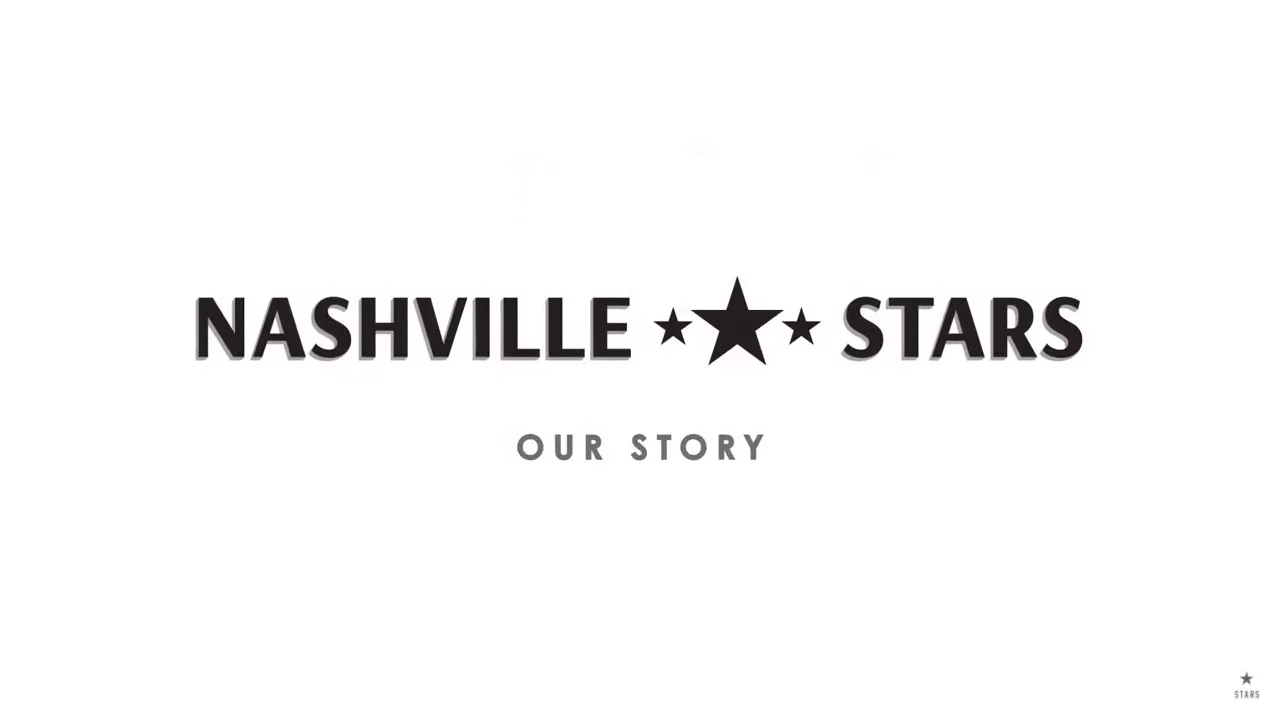
The next “Our Story” segment is about something bigger than baseball. It features the Civil Rights Room at the Nashville Public Library’s downtown location.
Bill and Robin King provided the funding and helped develop the room in 2003 to honor and study Nashville’s involvement in the Civil Rights Movement. The room has numerous pictures, books, videos, and other materials that document first-hand experiences, which included sit-ins and the desegregation of public schools.
“To me, it was something that we ought to do,” said Bill King. “We had a brand-new library and we ought to be celebrating what happened in 1960.”
In the middle of the Civil Rights Room hangs a glass wall with a quote from Dr. Martin Luther King Jr.:
“I came to Nashville not to bring inspiration, but to gain inspiration from the great movement that has taken place in this community.”
Inspiration that struck local college students seeking change in the community they loved. Of those students, several activists came to Nashville including John Lewis, Bernard Lafayette, and C.T. Vivian, who along with many others played prominent roles in the movement in Music City.
“It wasn’t that they just believed in the fight. They were fighting it,” said Bill King. “They were writing their wills before the Freedom Rides. Could you imagine sitting down and writing your will at the same time you’re writing to your mom and dad?”
The movement in Nashville began in 1957 when a court order desegregated public schools, but public spaces such as lunch counters and movie theaters would not reach that openness for many years after. In February of 1960, students from a number of Nashville colleges joined forces in the fight to desegregate downtown lunch counters with non-violent protests. They were met with hate and were even attacked on one occasion when 81 protestors were arrested.
“It’s so important to tell your stories,” said Dwight Lewis, who spent 40 years telling stories in Nashville as an editor, reporter, and columnist for The Tennessean. “If you don’t tell your stories, who will? Nashville is able to tell their story of what happened, especially during the 60’s and in later years.”
Almost 20 years after the Civil Rights Room opened, Bill King enjoys seeing new generations learn about the past.
“I think it’s absolutely amazing to walk into this room and see a teacher and a group of students,” said Bill King. “It’s powerful to hear questions from kids who ask, ‘why are they blocking this child from going into school?’ It’s hard for a five- or 10-year-old child to understand how people could be treating other people in that way, and it demands an explanation. (They ask) ‘What is happening? Why are they pulling this guy’s jacket or spitting at people at the counters?’ I think that’s the most important thing that happens here.”
The powerful imagery is a reminder of the past, but also an opportunity to reflect on how much has changed.
“When I was younger, I couldn’t go to school with people who didn’t look like me,” said Lewis. “But now we can all come together and do different things. And when you go to the Civil Rights Room, you can do more than just read. There are video tapes and the pictures on the wall that make you just not want to leave.”
The famous quote from John Lewis – “If not us, then who? If not now, then when?” – came from a time of angst for activists and their families. During a meeting at First Baptist in Nashville, the students were threatened by violence. Lewis stood up and posed the monumental questions that inspired them to push on.
“We’re not just telling the story of what happened here, we’re telling the story of something that happened that turned into a movement,” said Bill King. “It turned into a movement with national implications that exist to this day in terms of the whole theory of nonviolence. It started here in a lot of ways in terms of a national awareness.”
The Civil Rights Room continues to honor the work done so long ago in this city to build bridges of equality. The Nashville Stars look forward to building more of those bridges as we advance our work to bring MLB to this city. We thank the Kings and others for their generosity and their ongoing work for justice.
The Civil Rights Room is located on the 2nd floor of the Main Library at 615 Church Street, right on the ground that was the site of many of the sit-ins in 1960.

